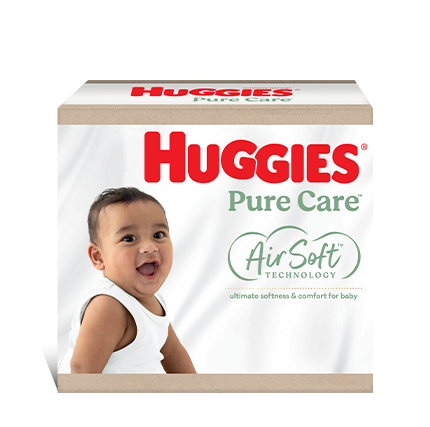After having your baby, it will take time for you to regain bladder control, even if you are getting professional help and support. Your treatment will depend on the particular type of incontinence you have and times vary for recovery. Your medical history as well as information about your pregnancy and baby’s birth will all help to individualise your treatment.
Building strength in your pelvic floor may take several months, so it will pay to be patient and not feel frustrated. Give your body time to rest, heal, recover and become strong again after pregnancy and childbirth.
Remember that for most women, bladder control issues improve within the first six months after their baby’s birth.
It’s happened again!
Your pregnancy and baby’s birth may be the causes for weakening of your pelvic floor. There is generally a window of time between starting a program to improve bladder function and feeling its effects. And just like making any other health changes, the benefits are not immediately obvious.
10 tips to feel more in control of your incontinence
- Speak with other new mothers and friends about what you’re going through. Remember, one in three women who’ve had a baby wet themselves. You’re very unlikely to be the only one in your mother’s group who is wetting themselves.
- Try to focus on other things in your life other than your pelvic floor! You’ll be busy each day caring for your baby and it’s important to find some joy in these early months.
- Speak honestly with your partner about the strategies you’re trying. It will help to have their understanding, especially in relation to your sex life and intimacy.
- Avoid thinking you just need to accept the fact that you’re incontinent and there’s no hope of improvement. With support and commitment, most women regain their bladder control.
- Plan your outings to include ready access to a toilet in case you have the urge to go. You’re more likely to have ‘accidents’ if you hold on for too long.
- If you’re using incontinence pads, always take spares and cleaning wipes with you. Like your baby’s nappies, there is a limit to how much wee incontinence pads can absorb.
- Invest in some cheap and comfortable underpants which won’t break your bank account if you need to throw them away. Or, think about getting some leak proof underwear for added absorbency.
- Consider what you’re wearing if you’re going out. Black and dark grey are good colours to disguise wetness. Patterns, rather than plain colours can also work well to conceal moisture.
- Avoid trips to the toilet ‘just in case’. This won’t help your bladder to fill to a normal and healthy capacity e.g. 300-400 mls before the signal to your brain that you need to go.
- Speak with your GP about referral to a physiotherapist who specialises in bladder dysfunction. And also, about medication which can be helpful for urge incontinence. Often, a combination of bladder retraining and pelvic floor exercises is very helpful in regaining full bladder function. You could also contact your local Health Network to see if you can self-refer to a Clinical Nurse Advisor or Consultant in continence for support.
It’s all in the way you go
Make the time to sit on the toilet and completely empty your bladder. Sit on the toilet with your feet flat on the floor, rest your elbows on your knees and lean forward as if you are reading something on the floor. This position will help your bladder to fully empty.
After going to the toilet, make sure you wipe the right way. Wipe from front to back and be gentle. Use enough toilet paper so your fingernails don’t come into contact with your vulva or urethra. Urinary tract infections can be caused from bacteria in the bowel finding their way up the urethra and causing contamination.
Foods to avoid
Avoid drinking coffee, tea and energy drinks as well as cutting back on chocolate if you’re experiencing bladder control issues. Caffeine can be a bladder irritant and increase the sensation of needing to go and wee.
Think about how much fluid you’re drinking each day. According to the National Kidney Foundation eight glasses of water each day is ideal, but not everyone needs this amount. Use the colour of your wee to guide you on how well hydrated you are. Healthy kidneys produce around 1.5 litres (six cups) of wee each day.
Avoid straining and pushing down when you’re weeing or pooing. Extra pressure on your bladder and bowel will cause further stretching and strain on your pelvic floor muscles. Sitting for long periods can do the same thing, so avoid sitting and reading on the toilet or checking your phone. Go, do what you need to and then leave.
For more information check:
https://www.continence.org.au
www.poise.com.au/sample
Written for Poise by Jane Barry, midwife and child health nurse, 03/06/2021
Whilst you are training your pelvic floor POISE can help keep you comfortable and dry and protected from leaks.
Get a free sample here


Last Published* September, 2024
*Please note that the published date may not be the same as the date that the content was created and that information above may have changed since.


















